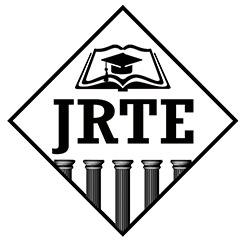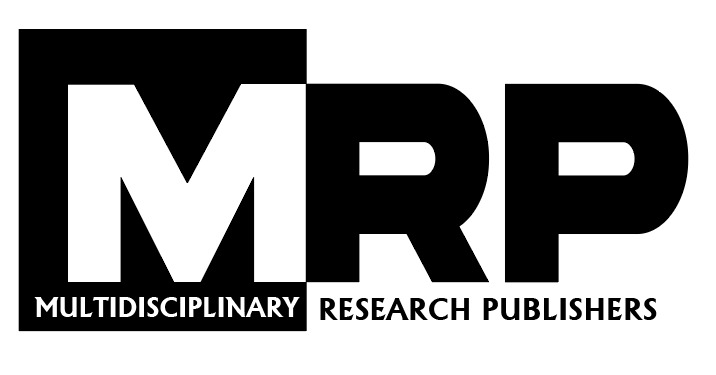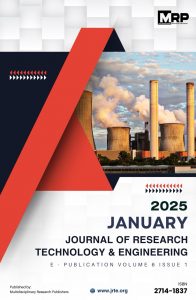Downloads
Textile and the apparel sector in Sri Lanka, which contributes 10% to the country’s national GDP and
employs a workforce of 350,000, is one of the key industrial sectors. Though the sector is mostly selling to export
markets in the EU and the focus of sustainability is high, the sector’s waste generation is not clearly understood. This
study surveyed 20 textile and apparel wet processing industries, i.e. garment washing, dyeing plants and fabric mills
in the Western Province in Sri Lanka to identify their waste generation rates, composition and current management
practices. The data collection was based on the structured questionnaire and face-to-face interviews conducted with
the top management of these industries. For the purpose of this study, solid waste generation rate of 0.2 kg/ product
kg and 0.180kg/ product kg, excluding hazardous waste, were ascertained in medium and large-scale garment
washing and dyeing factories. The waste generation rate in medium and large fabric mills were 0.15kg/ product kg
and 0.18kg / product kg, excluding hazardous waste. In addition, the hazardous waste generation rate in each sector
was also evaluated.
Written by JRTE
ISSN
2714-1837
| M | T | W | T | F | S | S |
|---|---|---|---|---|---|---|
| 1 | 2 | 3 | ||||
| 4 | 5 | 6 | 7 | 8 | 9 | 10 |
| 11 | 12 | 13 | 14 | 15 | 16 | 17 |
| 18 | 19 | 20 | 21 | 22 | 23 | 24 |
| 25 | 26 | 27 | 28 | 29 | 30 | 31 |
Our Visitors






 Users Today : 23
Users Today : 23 Total Users : 28640
Total Users : 28640 Views Today : 48
Views Today : 48 Total views : 81409
Total views : 81409 Who's Online : 0
Who's Online : 0 Your IP Address : 3.129.209.49
Your IP Address : 3.129.209.49

